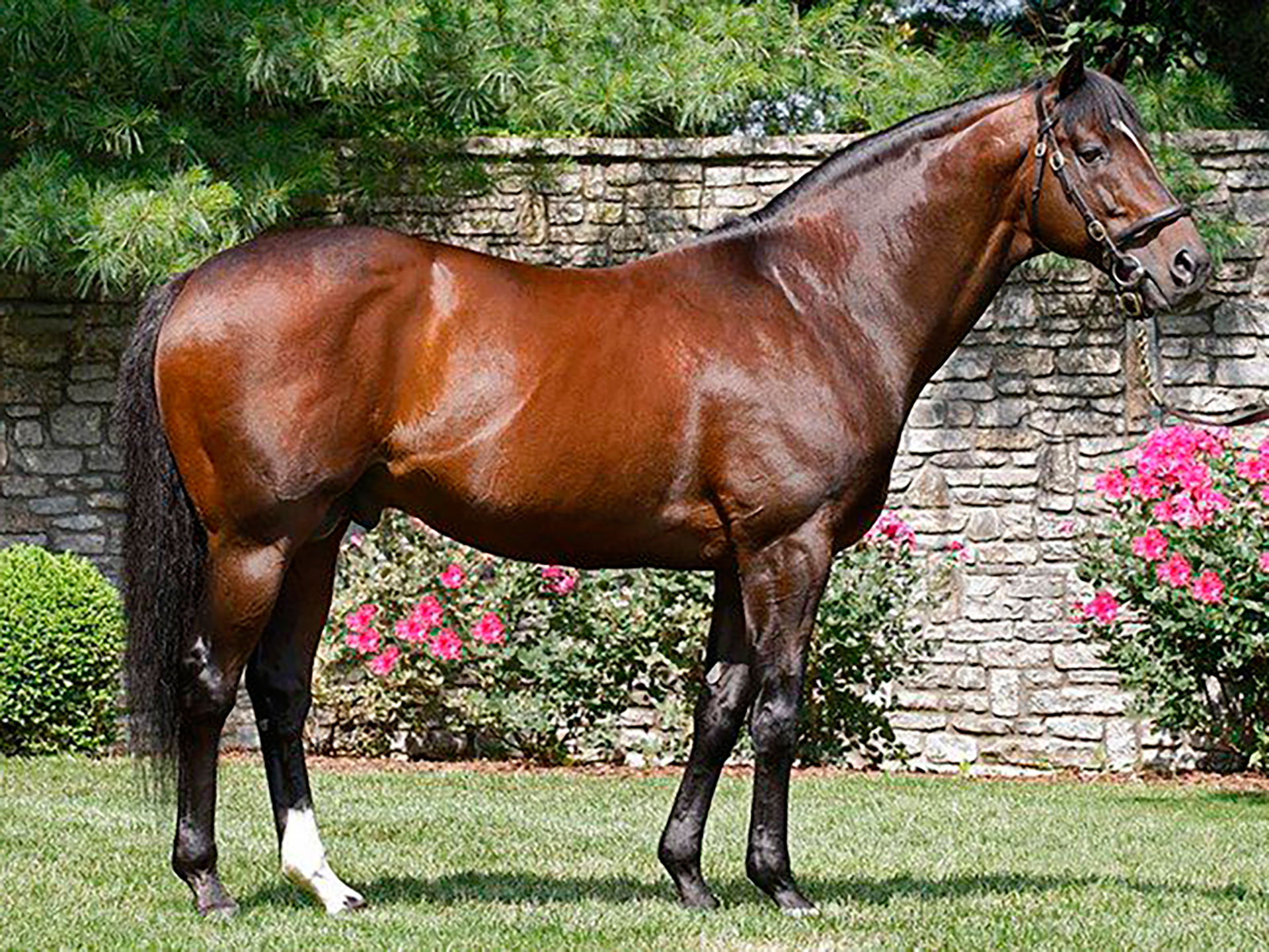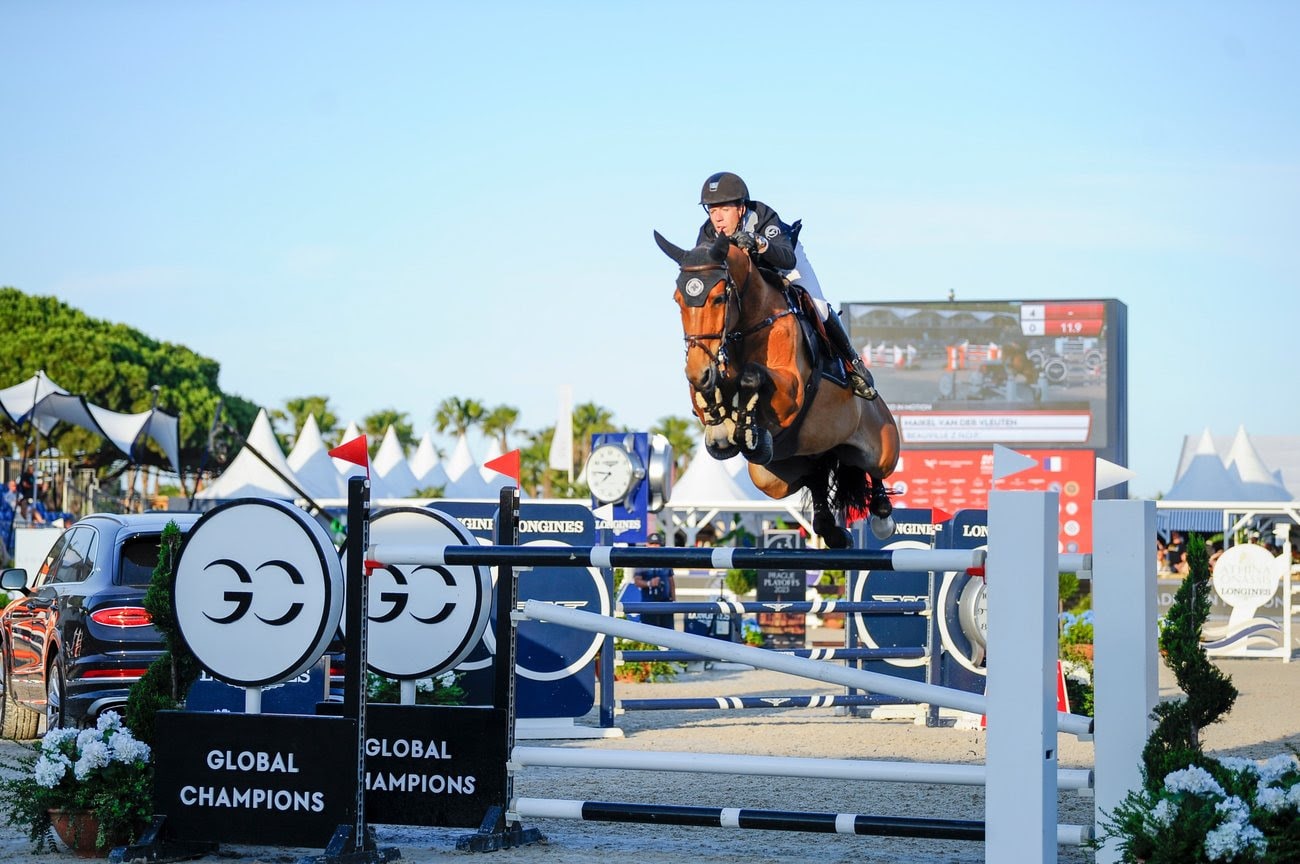
Reining, the discipline that comes from the western
Reining is an equestrian discipline that originated in the United States and is one of the most exciting competitions in horsemanship. In it, riders and their horses perform a series of patterns that include quick turns, speed changes, sudden stops and other maneuvers, all executed with precision and style.
This discipline is based on the work of Old West cowboys and showcases the horse's skill and obedience, as well as the rider's ability to guide the horse through complex maneuvers.
Origin and history of Reining
It has its roots in working and field practices with cattle. It developed in the late 19th and early 20th centuries in the American West, where cowboys needed highly trained horses for ranch work, cattle handling and other agricultural tasks.
These cowboys relied heavily on agile and obedient horses to perform their daily chores. In order to reduce wear and tear during long days in the field and to fine-tune the precision of the work, horse and rider would have to understand each other with minimal gestures.
Over time, the skills and techniques used by the cowboys were transformed into a formal equestrian discipline called reining.
This discipline usually uses short and stout horses, strong and well muscled, with a height of approximately 155 cm. The reining horse is supple, athletic and obedient, and performs well at gallop.
In 1966, the National Reining Horse Association (NRHA) was founded in the United States, which helped establish rules and standards for reining competition. Since then, it has grown in popularity both in the United States and internationally, and has become a prominent discipline in equestrian competitions around the world.
Reining is one of the FEI-recognized western riding disciplines that was recently officially included as the 7th discipline of the World Equestrian Games. Practiced in more than 42 countries, it is an exhibition sport in Olympic Games with a view to becoming an Olympic sport.
Basic rules and regulations of reining
The reining competition is based on the execution of a predefined pattern that includes several maneuvers.
The competition must reflect a correct performance of the exercises at the appropriate time indicated, the riders and their horses are evaluated by judges based on the precision and style with which they perform these maneuvers.
Equipment and clothing
Reining horses are controlled primarily with one hand, using a specific bit and reins.
Rider's attire should be as follows: riders should wear typical cowboy clothing, including hat, shirt, pants and riding boots.
Style and Attitude of the Horse
The horse is expected to be obedient and show a positive attitude throughout the pattern. The horse's disposition and response to the rider's cues are evaluated.
Transitions between maneuvers should be smooth and seamless. The horse is expected to respond to the rider's signals quickly and accurately.
Execution of Maneuvers
Riders must complete specific patterns that include a series of maneuvers, such as circles, turns, speed changes, stops and rollbacks. The patterns are designed by the judges and must be executed with precision.
The pairs must complete a set course with a series of exercises at each point (maneuvers). There are several patterns in each category, adapted to the difficulty and age of the rider or horse.
Riders are evaluated by judges who assign scores based on accuracy and style in the execution of maneuvers. Errors, such as deviating from the pattern, performing an incorrect maneuver or having an inadequate response from the horse, result in penalties that subtract points from the total score.
Another important rule states that when a horse walks backwards two full strides or more where the rider is not specified, he will automatically be out of the pattern and his score will be zero.
These are general rules of reining, but it is important to keep in mind that the exact rules may vary depending on the organization organizing the competition. Therefore, it is essential to check the specific rules of the event in which you are interested in participating.
Scoring system in reining
When the competition begins, each rider has 70 points and the judges will add or subtract points depending on the quality of the maneuvers based on the rule book. Each competition pattern is formed and judged from separate maneuvers.
Each specific maneuver in the pattern is scored from 0 to 10, where 10 represents a perfect execution of the maneuver. Judges may also award a half point (0.5).
Points are deducted for errors such as deviating from the pattern, breaking speed, performing an incorrect maneuver or having an inadequate response from the horse. The amount of points deducted depends on the severity of the error, ranging from 1 to 5.
That is, if the maneuvers were performed correctly without penalties, that is, with zero in all of them, you will end up with 70 points. If they were perfect, you will have a higher score and if you had some kind of penalty, it will be less than 70.
Example of pattern 1 of reining:
- Gallop down the center to the opposite side of the track, pass the last marker, stop and ask for a rollback to the left. It must be a continuous movement without stopping or resting the horse.
- Gallop through the center to the opposite side of the track, over the last marker, stop and ask for a rollback to the right. With safety.
- Gallop down the center to the opposite side of the track, make a stop and ask for a rollback to the center of the track. Stop the horse, brief time is allowed to settle the reins or settle or relax the horse.
- Complete 4 turns to the right.
- Complete 4 turns and a quarter to the left so that the horse faces the left side of the track.
- Proceed to the left hand side and complete 3 circles to the left; the first large and fast, the second small and slow, the third large and fast. Change hands (and canter) passing through the center of the arena.
- Complete 3 circles to the right; the first large and fast, the second small, the third large and fast. Change hands (and canter) passing through the center of the track.
- Start a large and fast circle to the left without closing it. Gallop straight to the opposite side of the arena past the center marker and make a stop at least six meters from the wall or fence. Hesitate to demonstrate completion of the pattern.
In short, reining competition is a dazzling spectacle of equestrian skill and dedication by riders and their noble horses. In the middle of the arena, you can witness perfect turns, precise stops and fast spins that demonstrate the dexterity and elegance of this equestrian discipline.












_v2.svg)
_v2.svg)









_v2.svg)


